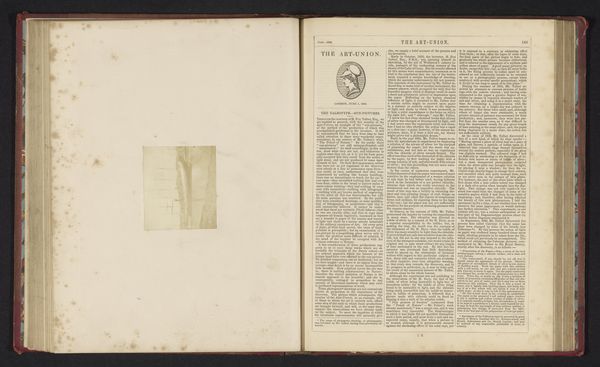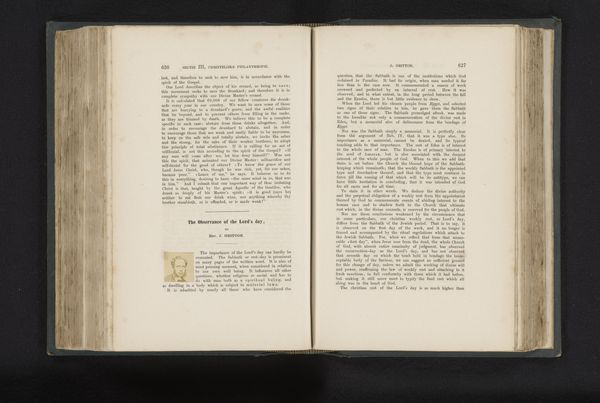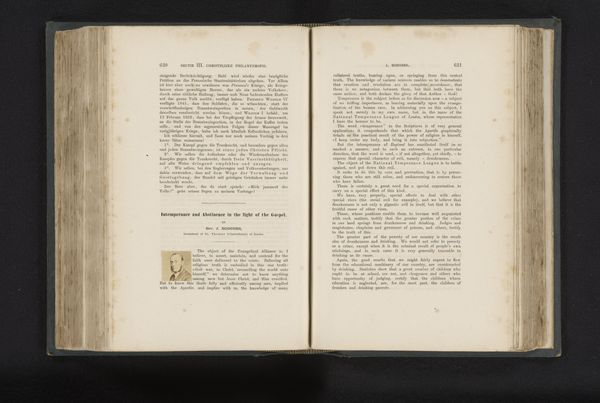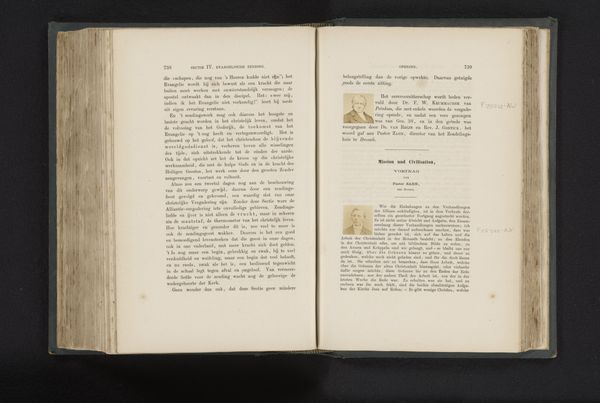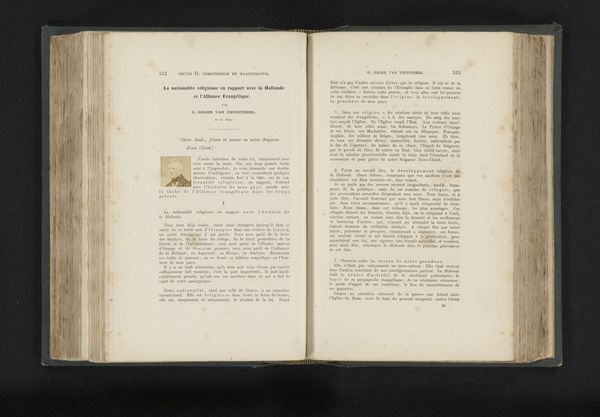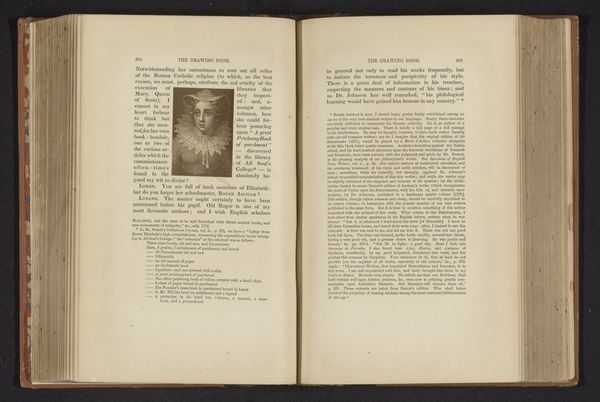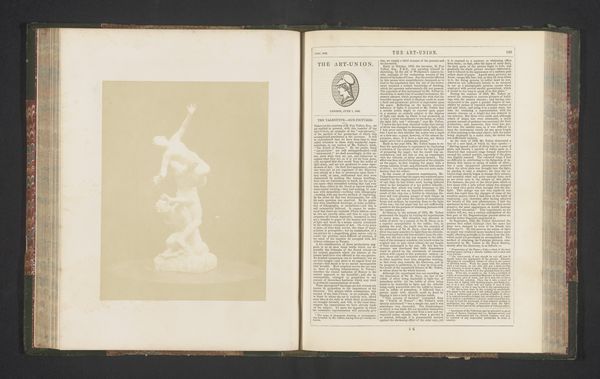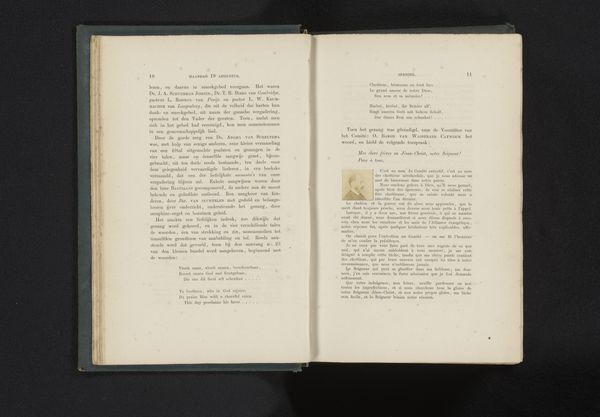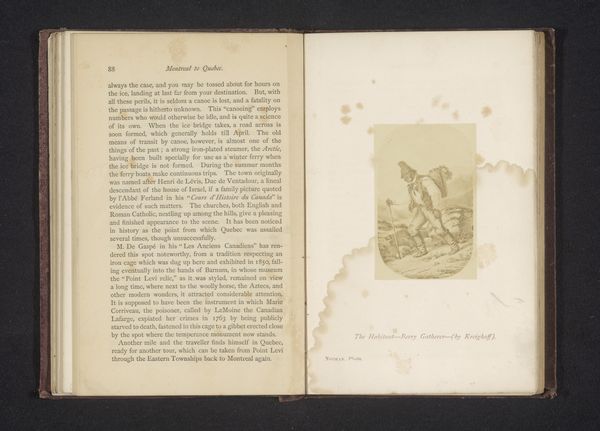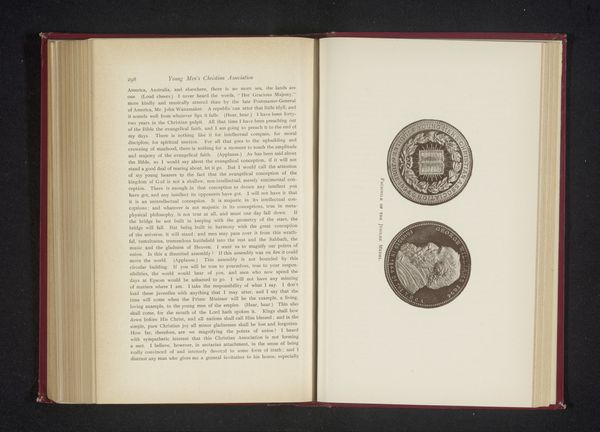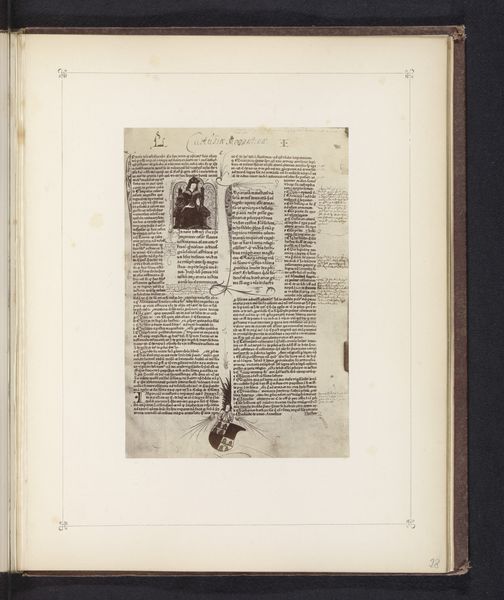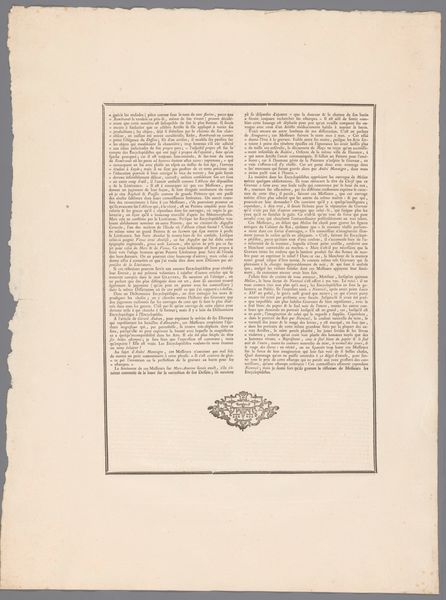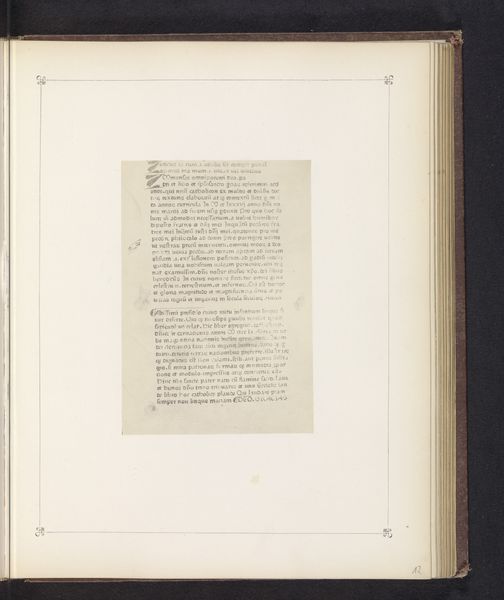
Straatgezicht te Parijs, met paardenkoetsen en een aanplakbord before 1846
0:00
0:00
print, daguerreotype, photography
# print
#
landscape
#
daguerreotype
#
photography
#
street
#
realism
Dimensions: height 86 mm, width 64 mm
Copyright: Rijks Museum: Open Domain
Curator: There's something incredibly ethereal about this daguerreotype. The subtle gradations of light and shadow… it almost feels like looking into a dream. Editor: William Henry Fox Talbot created this piece, "Straatgezicht te Parijs, met paardenkoetsen en een aanplakbord" – that's "Street View in Paris, with horse-drawn carriages and a billboard" in English – sometime before 1846. Its mere existence opens conversations about early urban experiences and technological shifts, marking the start of visual economies as we know them. I’m most interested in the people who aren’t in the frame. Curator: It's interesting you bring that up. From a compositional perspective, the very stillness Talbot captures amplifies the almost ghostly impression; everything in the composition leads your eye toward an absent figure. The stark architectural forms dominate the street and a delicate balance exists between geometrical shapes, textures, and light, generating an almost classical perspective, while it is actually new photographic technology. Editor: Exactly, the technological development plays into historical debates, especially on class, access, and representation. Talbot’s choices concerning what he considered photographable or commercially desirable are based in a series of already mediated visual choices; the photograph plays into the ideal Parisian Street View, while its mere presence reshaped the visual landscape. It speaks to social hierarchy in urban planning; whom and what are deemed "viewable" and for what purpose. Curator: Absolutely. There's something both delicate and powerful in this frozen moment. What appears to be a quaint realism hints at its role as a political document—it is interesting what images can reflect through both, content and technological capacities. Editor: In this print we observe how much has transformed in our modes of representation, production and ultimately distribution. I keep pondering that, although its details are almost dream-like and unspecific, we are able to trace its lasting impact. Curator: A powerful testament to how technological art can shift visual codes across the board, impacting power and artistic perspective. Editor: And the simple brilliance of composition highlights these societal complexities for anyone willing to engage with them.
Comments
No comments
Be the first to comment and join the conversation on the ultimate creative platform.
